The majority of readers of The Sporting Fan will know Nigel McCarthy as the strength & conditioning (S&C) coach of Birkirkara, who joined the technical staff in the 2022/23 season alongside head coach Jose Borg. Beyond football, McCarthy was also a key piece of the puzzle in Malta’s success in the Games of the Small States (GSSE) last May, following which he’s continuing his work with the intention of pushing athletes for Olympic qualification.
McCarthy’s start in S&C dates to 2014, where upon finishing his undergraduate studies in sports science in the UK, returned to Malta with the ambition of putting S&C in the local sports dialogue and in doing so improve the level of athletes in Malta. Along the way he has also coached athletes hailing from different disciplines and various countries, enabling a number of them to get qualified for the Olympics. Being an avid continuous improver, McCarthy is also reading for a PhD at St. Mary’s University in Twickenham, London, with a focus on women footballers.
The Sporting Fan met with McCarthy to discuss what an S&C coach does, the use of data collection, as well as considerations of age and gender to help athletes reach their maximum potential while preventing injuries. We also discussed the GSSE 2023, the dream of Maltese Olympic qualification and the life of an S&C coach.
Eleanor Saliba (ES): What are the pillars that a strength & conditioning tackles when training an athlete?
Nigel McCarthy (NMC): The main two are performance and injury prevention. So, athletes want a strength coach because they want to get better. Now to get better you must push yourself beyond the limit, which is what the coach will help the athlete do. However, as you push beyond that limit sometimes there are injuries. So, this is where you must balance the two to ensure that you limit i.e. prevent injury, as well as improve performance.
ES: You have experience training athletes performing different disciplines including football, athletics, sailing, golf and swimming. Are there any differences in how you manage an athlete competing in a team sport as opposed to those involved in individual sports?
NMC: Usually an athlete doing an individual sport is more driven, because there is more pressure, since every single thing comes down to them. When someone is part of a team and perhaps they didn’t do so well on a particular day, that can always get a bit hidden. So, the individual athlete takes care of themselves a bit more than a team player. Having said this, I think we are managing to get this mentality in place, with the athletes that I work with who form part of a team, that you must first be an athlete before you are a football player.
Some people think that you must immediately train specific to the sport, however first you must become an athlete. To give you an example, some people want to train athletics or football but they may not necessarily know the correct technique to run. In the case of a footballer, you cannot get to the ball if you cannot run properly. So first, you must become an athlete and then you focus on the specialized skillset of the sport that you are doing.
ES: From your experience dealing with different sports, which discipline requires the most specialized regime?
NMC: You get more specific as you approach an elite level. The sport which I was involved with at this high level is sailing, where I spent a year and a half working with World Sailing before the Tokyo Olympic Games (2020). I was an S&C coach in the ‘Emerging Nations’ program working with athletes online who were hailing from Mozambique, India and Cuba. In these countries, sailing is not a common sport to train and so they are considered as emerging nations in the sport. Our goal was to get them to qualify and we managed to get an athlete from Mozambique and also India to qualify, which was a first for both countries.
At that elite level of the Olympics, there is a lot more specifics to get into. So, I would say from these experiences sailing is quite specialized, but also football has its own requirements. Fighting sports, like judo, also have their own requirements, so I think it is more about the level at which you are competing which dictates the level of specialized training.
ES: How relevant is nutrition and how difficult is it for you to get athletes on board with this, considering that in Malta we are not a stage where we have for example football clubs with their own nutritionists?
NMC: I think as we progress forward, more athletes are becoming conscious of what to eat. This applies to individual and team sport athletes, especially through online resources and so on. Unfortunately, locally it is really difficult to find dieticians who are specialised in sport, rather than regular nutritionists. This distinction is important because an athlete requires someone who is specialized in sport. So, in Malta it is quite difficult right now because we do not have this skillset widely available, but when I work with athletes abroad they have a dedicated nutritionist. There are a lot of benefits in that because you get more quality out of every session you do and of course your performance will be even better because of that.
ES: How much do you integrate data collection as part of your work to tailor programs?
NMC: Data collection is only good if you know what you are going to do with that data. There is this tendency that when you are just starting out as a coach you want to gather a lot of data, but then you don’t necessarily use it. Even when I am teaching at University, I try to get students aware that if you are going to carry out a test, you need to use it to tailor the sessions accordingly. So, to give an example if you are going to do an aerobic test, you are then going to tailor your sessions from it. If I do a speed test, but then have no time to work with my athletes on their speed, then it is a waste of time to do the test.
So, with this in mind, data collection is important but only if you are tailoring your training sessions for it and you need to have the ability to do it. Being within the setup of Malta, sometimes it is a bit challenging because of two things: equipment and having time for it.
So firstly, you need to have the equipment (like GPS units, timing gates), and you also need to make sure that it is reliable. Those two together make this expensive. Sometimes, clubs in Malta buy GPS units which may be on the cheaper side and the data is not so reliable, which makes the data collection pointless really. For example, there is a big difference between hand-timing athletes and getting timing gates which makes your timing electronic and so more accurate.
The second aspect is having the time for it. If you have too many things going on and there is not enough time to be dedicated to collect, analyse and then plan out the resulting sessions then it will limit its use.
Age & Gender
ES: Is there an age when it makes more sense to start having an S&C coach?
NMC: I have had girls training with me from the age of nine onwards. With Sliema academy we had a system in place from U9s to U19s. So, with the U9s we started with basic movements and then you go up with the age group. There is a bit of misconception with children and having them lift weights in the gym. However, most parents don’t perhaps realise that the school bag is sometimes even more heavy than the weights the children are lifting in the gym.
Building that strength is very important, their development will be much better and bone structure will be stronger once they are lifting in the gym. Additionally, they learn movements that when they are older will not need to learn again, they can instead build on them. The problem I sometimes have with a senior team is that you have athletes who have never been taught how to run or squat properly, so you have to spend time on these basics. As things are changing, I am now getting youths who are already much better because they’ve been taught earlier. This means that I can do more advanced work with them, I don’t need to start from scratch.
ES: Where are we in terms of research into understanding what core things to tackle in the development age, as opposed to an adult?
NMC: There are things that you need to consider such as peak height velocity (PHV). This refers to the point at which they are experiencing the quickest change in height, which they go through when they are growing from pre-adolescent to adolescent. For girls this is typically between 11-12, whereas in the boys this happens between 13-16 years old. During this period, the athlete is growing a lot in height, which brings about a lot of additional weight because to bones are bigger so heavier, but the muscles and ligaments are not catching up. So, when they don’t do strength training while they are going through this PHV, they tend to get more injuries in their knees, hips and so on.
In relation to football, although we do not have data gathered, qualitatively from my experiences throughout the years I blame this as one of the major issues leading to dropouts between 13 and 16, especially when you have really talented children. The reality is that when a coach sees that an athlete is tall and strong (because obviously the athlete is going through a growth spurt), they will keep playing them even more, even in training. However, this is the time when they should be playing less football and doing more strength work, to get their ligaments and muscles stronger, so that they can handle the additional weight that they are gaining.
ES: As women’s sport gets more attention there is a wider sense of discussion about the perils of applying techniques/regimes which have been successfully developed for men being directly applied to women. What is your perspective on this?
NMC: When it comes to scientific research available there is no doubt that there is less about women when compared to men. To give you an example, I am specifically doing my research on acceleration and sled-towing (resisted running) in female footballers. Internationally, there are only a handful of papers about this which are specifically on women. So, that statement is true.
Women can do a lot of what a man can do, but then there are specific things you need to be aware about. For example, there is a lot of research coming out about ACL injuries and we know that a woman is about four times more likely to get this injury than a man. One of the reasons is having a wider Q-angle (angle from the hip to the knee) which is an evolutionary development related to childbirth and so on. So, the forces on the knee are more lateral, which make women more susceptible to knee injuries. Now, there is also more research coming out on pre-ovulation which found that, during this stage, women are two to four times more susceptible to injuries. So, as a coach you have to keep in mind to perhaps reduce the load to avoid injuries during that time.
Based on this, there are considerations to make, but on the other hand you need to be sure not to limit female athletes. So, you need to be aware of their own particular needs, but in general they can do everything. On a personal note, I find that sometimes the women I’ve worked with have been even more committed to train, which makes your work easier I would say.
ES: So, based on this, how much dialogue do you have with your female athletes to be able to cater for these differences and as much as possible train without exposing them to injury?
NMC: Obviously being a male in a female sport can make it difficult sometimes. However, once your athletes trust you and they are confident that you know what you are talking about and there is good communication, they are quite open. For them, they are an athlete and understandably they want the best performance. Obviously, today we have plenty of apps and we can use monitors that track menstrual cycles and so on. If there is good communication and trust, there is no issue.
S&C and Its Relevance to Preventing Injuries
ES: You mentioned that S&C is also about preventing injuries. In what way does it do this?
NMC: Yes, so in regards specifically to female football players and because of this Q-angle, you have to protect the knee more. So, you need to work on certain muscle structures more and maybe more isometric work. Being aware of the cycle period the female is going through is important to know when to prevent certain loading.
As a wider scope to different injuries including things like hamstring injuries and adductor pains, then it is solely about focusing on the training loads, understanding what an athlete can take and building the week in view of that. To start we try to push the athlete a bit more each week, but then you have to be careful not to overdo it. So, to give an example when I am working with the football players in a team, the aerobic runs to improve the aerobic fitness are personalized for the different players. So, each player is running at a percentage of their own maximum, rather than having a one size fits all approach. So, I do not assign a distance for everyone, because there you would have a person working at their 90%, whereas someone may be at their 150%. By having a personalized approach, you do not overdo it in the work you give each player.
ES: Those following football will be familiar that, in certain cases, a new coaching staff comes in and a long list of injuries suddenly surface. From your experience what could be the reason for this and can it be avoided or is it a necessary evil?
NMC: Perhaps, if I consider my own experience, I can give two different instances. When coach Jose and I joined Birkirkara last year, we changed the structure of training and it perhaps was a bit more rigid to what players were used to. In the start, we had a lot of little aches and pains to get over, however the girls pushed through it and we were of course cautious. Honest communication is key, because an athlete may tell you they’re tired because they don’t want to run, while another may be actually tired. So, in that regard having honest communication is very important, especially because the data does not give a complete picture and there are some things that we still don’t understand in the body. As a coach it is very important to listen to your athlete and as a coach you are always learning. Being a coach is not about preparing a session, getting there and just delivering, you must assess the situation and adapt accordingly. In the case of working with the women’s team at Birkirkara, we managed to get through it and now we can push even more.
The second instance is looking at the bigger picture. If I then look back to when I started in Malta in 2014, I had just come back after spending four years studying in the UK studying sport science. So, you can imagine, I mean S&C is something that even to this day is not widely applied here, so as you can imagine when I returned in 2014 it was a lot worse. However, since 2014 I think there has been a lot of progress. I remember in 2015, I was told by coaches that they will not be using weights because at the time it was unheard of here that a football player also does this or has a session in the gym. Today, there are a lot more strength & conditioning coaches which I am happy to see because it means we have increased the quantity. I think now it is about improving the quality.
In regards to this, with the help of my colleagues in the Malta Olympic Committee (MOC) we created something called ‘Services’, where we started helping our national athletes with a qualified S&C coach, nutritionist and psychologist. We created a structure where the practitioners who will be involved need to go through a vetting system, which was developed through consultation with local and global experts. The vetting process takes the practitioner through certain aspects you need such as a warrant, courses, an amount experience and so on. Once you have these things, the MOC accepts you, assigns you to athletes and then the MOC also funds your sessions with the national athletes. So, this created a baseline of quality that the trainer must have and changes the culture from the idea of simply having someone who likes going to the gym and becomes a personal trainer, to a higher quality practitioner who is qualified and licensed.
These things have a knock-on effect. So for example, if I look back to women’s football locally, last year not many teams used to go to the gym or regularly, not even B’Kara. Then we started doing this and everyone could see an improvement in the number of injuries with time. I think this year there are many teams are going to the gym and employed physical trainers. So, yes the injuries are not going to change overnight, but I think in the future it will get much better hopefully.
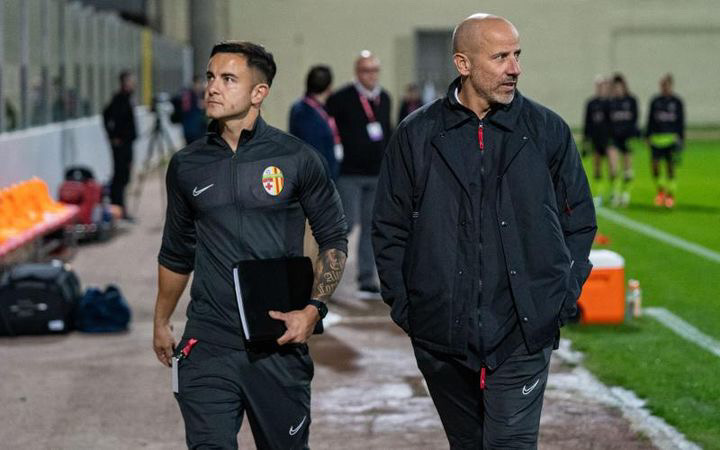
The ACL is an injury which has been a topic of global discussion in the women’s game for some time now. Malta is no special case. The biological aspects mentioned above are considered fundamental in why women are more susceptible to ACL injuries. However, there are a lot of avenues being explored for the increase in the number of injuries globally, one of which is the increase in matches that women’s football is experiencing as a result of the rise in popularity, and also the increase in intensity because of the investment being put into the game.
ES: In relation to this factor and its potential effect on the number of ACL injuries, locally we do not have the large number of games discussed in countries such as England and the intensity is also different. So, considering the number of injuries we have, what is your perspective on this in relation to Malta?
NMC: No, I think locally the problem is not the number of matches. If you look abroad, for example at England you can see the difference between the teams who had a lot of players in the Women’s World Cup against those who did not. The latter have fresher teams and are able to give more of a challenge.
I think in regards to Malta, the problem may not be the quantity of matches, but more the scheduling congestion. So, if they are being squeezed together to allow more international breaks then that will cause an issue because you might have three games in a span of ten days. So, wherever you had five days of recovery, now you have two to three days. Additionally, not everyone has access to proper recovery implementation tools, such as ice baths, massages, supplements and so on, which also has an effect.
This is not only specific to ACL injuries and women’s football. If you look at the men’s national team, the local league stopped one to two weeks prior to the international break. In order to do that, the league matches had to be fit into a shorter span of time so you may have had teams playing two matches in a week. So, I think in Malta it may not necessarily be the quantity of matches, but the frequency at which they are played.
Having said so, if your athletes are well trained then you should not be having so many injuries. Perhaps you experience a drop in performance, and you may have small injuries, but not long-term ones. So, I think having strength & conditioning and the proper commitment to it could go a long way to reducing the number of injuries. It is also not just about having a team with a strength & conditioning coach, but also about players living a player lifestyle and committing to it.
ES: ACL injuries occur at different ages, including unfortunately in younger players between 11 and 16 years old. Is this something prevalent in other sport, and have you in your time read/done any research into these occurrences?
NMC: Knee pains in this age group are common also in other sports, but the quantity of knee tears and ruptures is not as high as it is in football, mainly because of the sport having more changing of direction and so more rotational forces. So, this is applicable to other team sports where you have a lot of change of direction including basketball, handball and so on.
Knee pains are common in this age group or even injuries to the patella and the problem is that they would not be doing enough strength work to prevent this. So, it circles back to the ‘peak height velocity’ (PHV) mentioned earlier. So, this involves measuring the height of the athlete every three or six months and once you graph this against time you will have the rate of growth and you can detect it.
At this point, the athlete would not be stopped from playing football, but there is a reduction from the amount of time playing to accommodate some strength training. So, for example a training session always finishes with a match. These athletes could just play half the match and then spend the other half of the time doing strength training. At that age, it could involve training with things like a mini-band or isometrics (body weight), so there is no real excuse why they cannot do it. It’s more about having the awareness and the willingness that they should be doing that. The problem most often is that when an athlete is going through the PHV, they are the tallest athlete, and obviously the coach wants to win and having a big presence helps to do that. However, it is a bit short-sighted because doing so limits the time that the player puts into strength training which is what they need at that time.
ES: What is the toughest thing that you encounter when trying to get a player back from injury?
NMC: When I started with Birkirkara, we had a number of long-term injuries which players were carrying from previous years. I think one of the realities is that because the number of technical staff is small, injured players can sometimes feel alone in their recovery and so there is a big psychological factor that is often overlooked. The athlete is going through doubts of not knowing if they are going to be as good as before, they are also seeing their teammates training and playing while they are out injured, which definitely has an effect psychologically.
At the same time, I try to look at it in a positive way that it gives us an ability to work on things without added pressure. So, since we do not have matches going on, I can push them to come back even stronger and better than before.
The GSSE, Olympics and Changing The Culture
ES: This year Malta had great success in the GSSE. What disciplines were you involved with directly and how do you gauge the experience as a whole?
NMC: I had athletes who I train as an S&C coach who were competing in swimming, sailing, basketball and shooting. Then through my work with the Malta Olympic Committee (MOC), I had a number of other responsibilities. One of the aspects we really worked on was to develop the ‘Services’ program that I spoke about earlier. Perhaps I joined a bit late, just two years before. Realistically, ideally this would have been set up four years before. It took a year to develop the program (when you consider speaking with all the stakeholders to the point of launching the program) and then there was a whole year where it was being implemented prior to the games. Through that we helped a lot of athletes to perform better.
There was a lot of preparation going on and it was I think the first time we really focused on preparing the athletes, not just from an administrational side but from a performance aspect. I think then the week itself was probably one of the most intensive weeks of my life.
I don’t think we ever imagined of winning it, but we approached it with the intention of getting the best result ever for Malta, which had been to come in fourth place. Even on the final night, we were on equal medals with Cyprus and it dawned on us that we might actually do it on the dinner table, but in a way no one wanted to like even say the thought out loud because we did not want to like jinx it.
However, I think the most satisfying thing to see in the games was that when athletes were leaving the lobby, the attitude was that they were going to the venue to win a medal as opposed to the traditionally defensive or damage-limitation mentality. So, overall that shift in culture is very important and probably one of the most positive things coming out of the games.
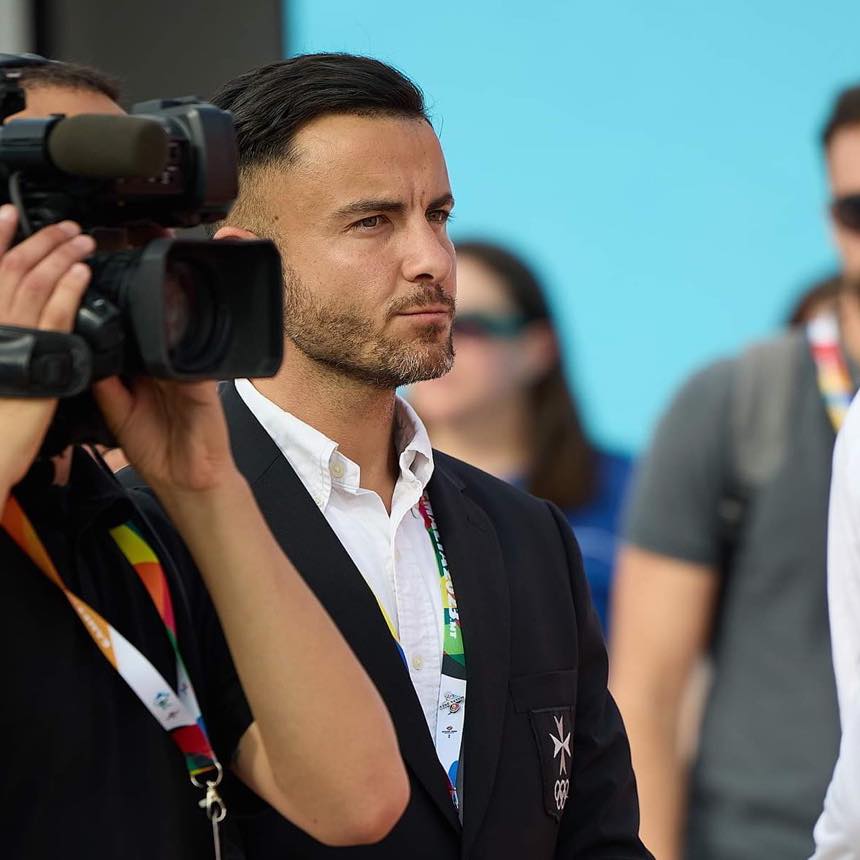
ES: One of the things I know you have mentioned in the past, is your dream of getting a Maltese athlete to qualify to the Olympics on merit. Where do you think we are in terms of this and what needs to be done from your point of view?
NMC: I think the closest we are to doing this, is in sailing and it will be a close call this year. So, depending on how that goes we might actually have our first Maltese qualifier to the Olympic games this year. We are trying to do our best to achieve this.
In regards to what needs to be changed, I think we do not realise where our level actually is. We think we are very close to the elite level abroad, but in reality we are perhaps two or three rungs lower. So, because we are not aware where we actually stand, we put our investment into the things you need to get to the top-most rung from the one just below it, where in reality we need to invest in things that are different.
So, to give an example, we invest in things like technology, gps systems and so on which are the things to take you from almost elite to elite. However, we are disregarding the basics, the ABCs so to speak, so meaning strength work when you are a child, coordination and motor-learning when you are young, because we think we are at a high level. However, without these basics, investing in the high-level things is a waste of time.
So, with this in mind, I think we need a big change in culture, which is something I was trying to bring about with what we did in ‘Services’. Hopefully, it is something that sets a foundation and bears fruit in the future.
ES: You are also involved with athletes hailing from other countries. What are the observations that you have made in terms of how cultures affect the training behaviour and performance of an athlete?
NMC: Yes, so for example I work with a Mexican national champion of sailing who qualified in the Olympics of 2021 and will be attempting to qualify this year as well. I also work with a number of foreign footballers who come to Malta, both on the male and female side.
I think what is different is that if you are an athlete at this level abroad, you are just an athlete. Now, sometimes being an elite athlete is a boring lifestyle. It means you go to commit yourself to training, you eat and sleep. This is what you also do on the weekend and what you do for an entire year. That’s one of the major differences between the foreigners that make it and the Maltese that don’t make it. There is a tendency for a number of Maltese athletes who want to go out on a Friday, or don’t want to miss their birthday parties, this and that. Maybe they see the social media posts that some of these foreign elite athletes may post, but that is only a small fraction of what they do. The rest is quite a boring lifestyle.
I try to engage a lot of the Maltese athletes I work with abroad for some time, and we find a big problem that they don’t settle and come back because they feel homesick, or they see their friends are all in Paceville having fun, meeting each other. It is very tough mentally and I think one of the challenges is that Maltese are not mentally ready for this.
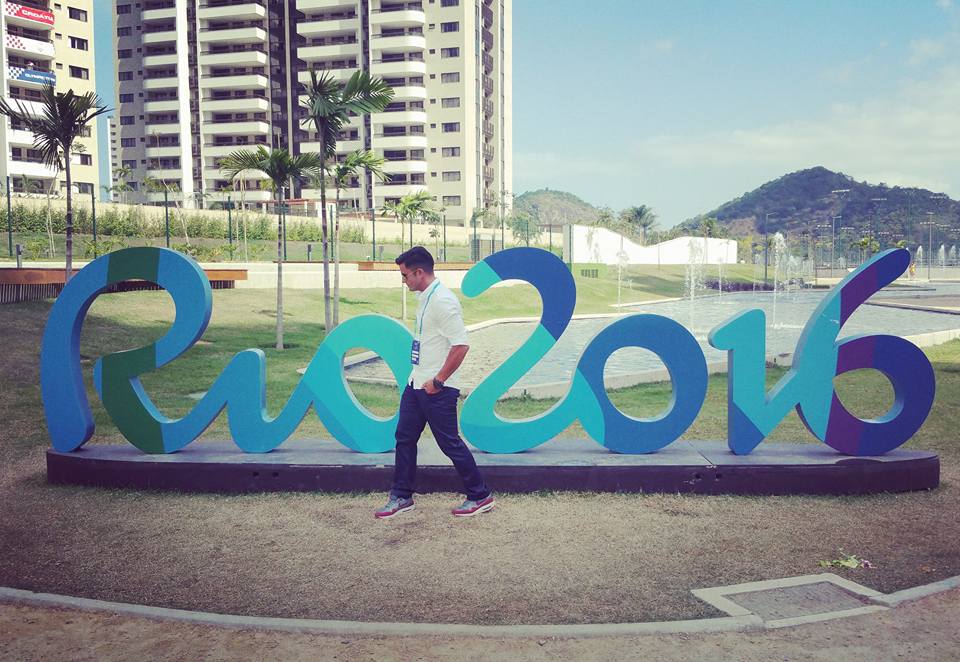
ES: You are one of the people who perhaps put a real marker on the importance of S&C in Malta & someone who seems to me that does not really accept the small country excuse. We have seen an increase in S&C coaches, but what adjacent investment do you identify as being crucial into complementing that work so that athletes can reach higher levels?
NMC: I think on some level you do have to accept that the fact that Malta is a small country brings certain limitations. However, the problem is that we still don’t reach our full potential. If you consider that you may have that one in a million talent, what are the possibilities of us finding them if we don’t have properly developed talent identification methods and good structures in our schools? So, the reality is that even if we have that talent, as we are, we might not even find them.
I think a major reform in schools to be more athletically friendly is needed in this regard. Now, this does not only help us in sport, but it also helps us medically as a country. I speak about schools because they capture everyone because each person has to go to school at least until sixteen years old. So, if you start changing the culture such that every child begins to embed an hour of exercise into their routine every day, they will continue that beyond school because it becomes part of everyday life for them. That goes a long way in improving the overall health of the population and so reduces the pressure on the healthcare system and the bills associated with it.
The Life of an S&C Coach
ES: What does your day typically look like?
NMC: I typically do my morning sessions and then give myself some time to carry out my reading pertaining to my research at around midday. The evening is dedicated to coaching team sport. Sometimes, I try to reduce my coaching hours to dedicate some time to innovating myself and research more. I do this to avoid getting myself in a loop and also gives me a chance to catch up with the latest research, which requires time. Other times I reduce the coaching hours to have a bit of a break too. I also of course find some time to train myself every day because I did the mistake of not training every day when doing my Master and I really regretted it at the end because I felt very weak. So, I train an hour every day to keep myself sane as well.
ES: Is there a sporting discipline that you have not worked in that you would like to get involved with & why?
NMC: I would really like to work with an athlete doing speed cycling in a velodrome and also speed skating. I specify mostly on neuromuscular adaptation, which involves a lot of strength and power, because it is a really interesting subject for me. These two sports require a lot of this, so the athletes have a lot of quad strength and quad power generation, which I am always fascinated by. Obviously, being in Malta limits the chance to work on this but I’m hoping to realise this target in the not-so-distant future.
ES: What would you say are the key attributes to be a good S&C coach?
NMC: As I mentioned before, I think good communication with your athlete is very important. They need to trust and really buy-into what you’re telling them. I think it is crucial to do a program that you really believe in. At the start with B’Kara women’s team we had our struggles because it was a level they were not used to and it was difficult. However, now they’re really on board and instead come up to me and show their appreciation for the work we’ve done together. So, now they do the work with intensity and to really take something from it.
Besides this, I think it is important to keep up with the ongoing research and be always open to learning. Of course, you need to have a toolbox and not completely change everything all the time, but it is good to question yourself. Like this you can always learn and advance. I think the final thing is to be enthusiastic and a bit ambitious. Just being okay with what you have is not going to get you to move forward, so I think to have that ambition is very important.
ES: What is the future of S&C?
NMC: I like S&C because it captures everything under it. In certain clubs, the way that the structure is done means that the strength coach will define the volume of training that the athlete does. By extension, that will impact the nutritionist who will then determine the number of calories the athlete has to consume, it affects the psychologist who will ensure that the athlete can cope with that amount of training, and even the main coach who will know how much time they will have to work with the athletes tactically.
The early estimates are that this summer’s Women’s World Cup there was 20% increase in high-speed runs when compared to the one held in France in 2019. Now, high-speed runs are one of the key performance indicators. This shows that the game is becoming fitter and that there is more reliance on S&C. In reality, players have the ball in their feet just 5% of the time in a match, so the other 95% is about doing manoeuvres without the ball, which just goes to show how important S&C is. So, I think as we progress forward, the technical coach is going to be more reliant on the S&C coach. The trust between the two will be very important and we’ll get to a state where the S&C coach sets up the week and the technical coach will go in where it makes sense in between those sessions.
ES: What is the toughest and most rewarding thing about being an S&C coach?
NMC: I think the most difficult is when you have some big egos, which can make things a bit difficult. I think it is always important to remember that an athlete has one body, so if they are doing a program with you and also being requested to do other things by someone else, then no matter how much communication you have, in the end it is just one body. In sports egos are naturally high, so that can be quite a problem.
I would say the most rewarding thing is when the athletes you work with really appreciate what you do. I had Olympic athletes who qualified and never acknowledged the work we did, whereas sometimes we won a football match, and a player thanks you because they felt fit and did not get tired in the match. That is very rewarding.
The Sporting Fan would like to thank Nigel McCarthy for taking the time to be able to bring you this special feature. It was an absolute pleasure and look forward to seeing his work bring more success to athletes in Malta and around the world.
Thank you for reading. If you enjoyed this please consider sharing it with a friend who you think would enjoy it. You may also want to read other interviews from the ‘Spotlight‘ series.
Lead Image: Just One Click Media
Stay up to date by following The Sporting Fan on social media: Instagram ~ Facebook ~ X
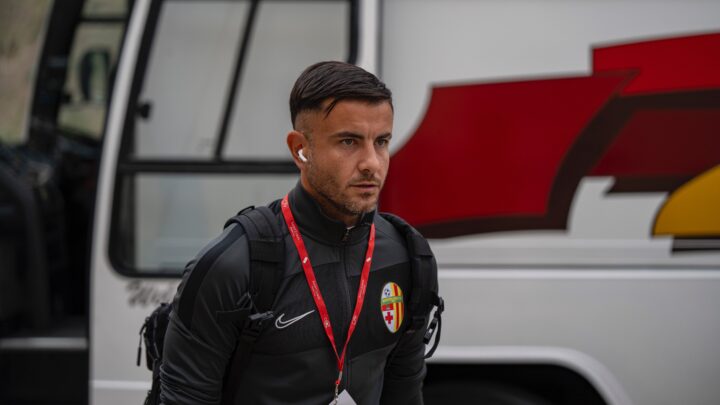
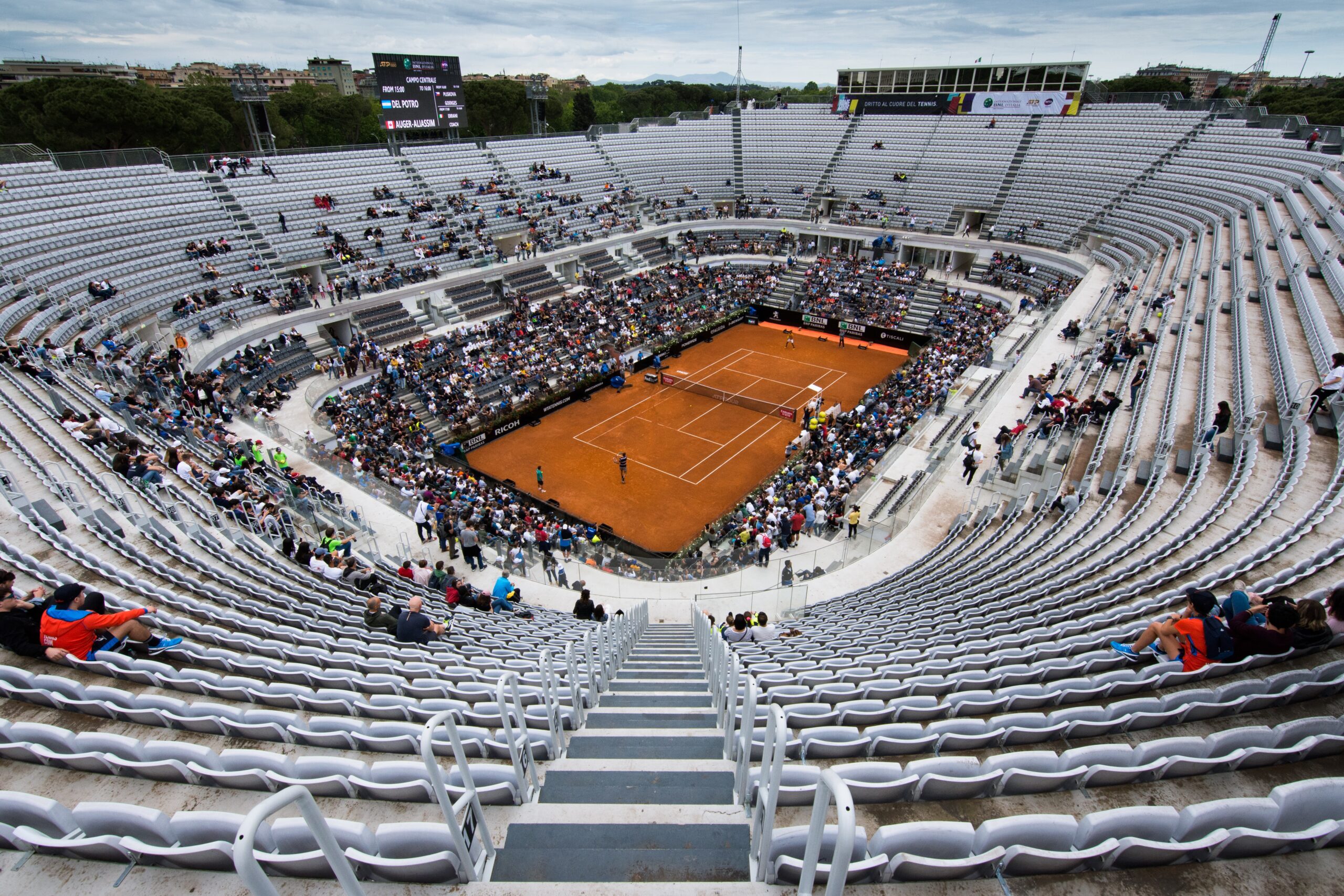
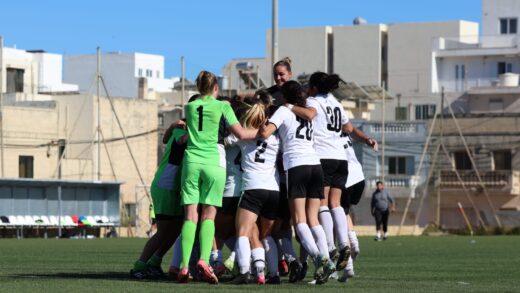
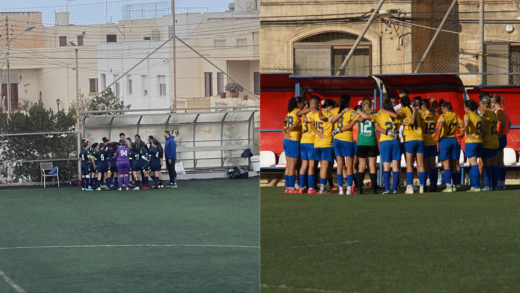
1 Response
[…] Spotlight: Nigel McCarthy […]